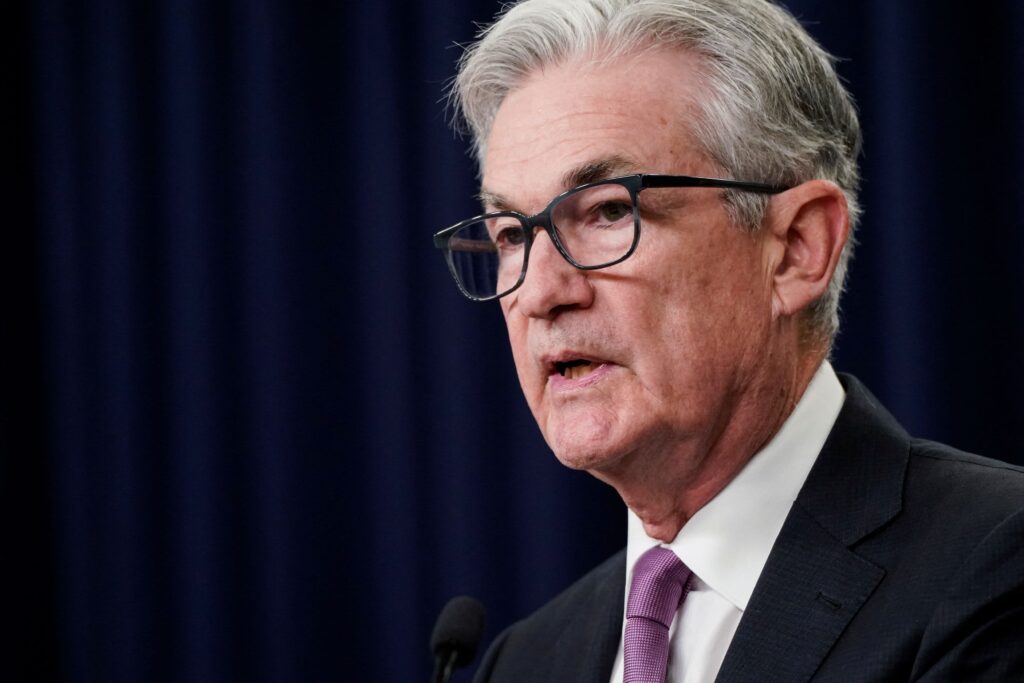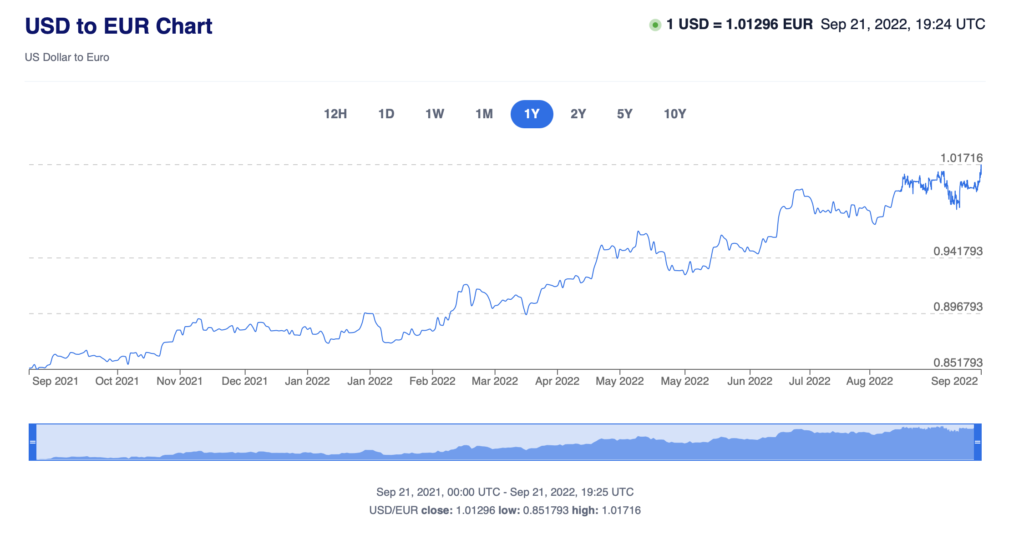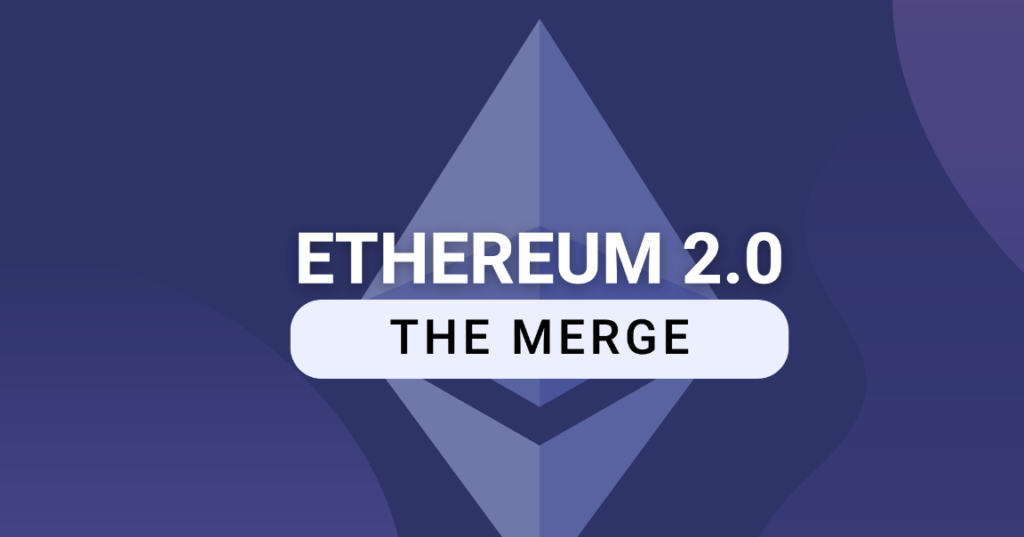Market Update -Week of Sep 19
By Tyshe Jiang | Crescent City Capital Market Analyst Intern

What occurred during the September FOMC meeting:
The Federal Reserve approved its third consecutive interest rate rise of 75 basis points. Also, they indicated that they will likely continue to increase the fed funds rate in the future by a large amount. The most recent CPI print came in at 8.3%, which was higher than the consensus estimate of 8.1%. Given that inflation ran hotter than expected, the Fed will continue to be aggressive with rate hikes.
Information update on the July FOMC meeting:
The Federal Reserve raised the interest by 75bps in the July meeting as previously expected. Now the fed fund rate is 2.25% – 2.50%. The Fed will also address the balance sheet run-off that has already started in June, and now the pace of the runoff will increase to $60 billion in US treasury securities and $35 billion in asset-backed securities. The Fed also said that further rate hikes will depend on the economic data in the short term, and the Fed will move appropriately with the monetary policy.
Currently, all parts of the financial market are experiencing lots of volatility because of continuing global supply constraints and the uncertainties in the Fed’s monetary policy, which pretty much guaranteed a recession to happen and some probability of stagflation.
The US equity market experienced lots of volatility these days, in which the investors are trying to price in the Fed’s rate hikes and the impact of those hikes. For the past two months, investors were considering when the Fed will stop the tightening as inflation did seem to peak. However, an 8.3% CPI eliminated that thought. The Fed will stay on the course to raise the interest rate until seeing enough improvement in fighting inflation. Additionally, Powell added that it might also need a restrictive policy for some time to get the job done, and the pain will be felt in some areas.

In the foreign exchange market, because of the risks in global macroeconomics, we saw the US dollar appreciate throughout the past several months, as investors moved to safe assets like US treasury bonds. Eurozone weakness drove the euro down to 1:1 trading against USD, as we might see more political and economic turmoil in Europe.
In the commodity market, because both Russia and Ukraine are big exporters of corn and other agricultural products, we saw the tailwind of this war negatively impact the supply. In addition, the Covid-19 surge in China also slowed the recovery of the global supply chain. Therefore, the prices of oil, natural gas, and food remained elevated, while other products all plummeted due to the fear of a global economic slowdown.
In the fixed income market, the demand for US treasury bonds increased because investors wanted safer assets in their portfolios due to the economic slowdown. However, because of the Fed’s tightening policy as well as other central banks starting to tighten the liquidity to combat inflation, the bond yield has inverted, which is a sign of a potential recession.

Ethereum 2.0 Merge Successful:
Just a few days ago, Ethereum merged the two blockchains it was running into one from proof-of-work&stake to only proof-of-stake, which is more energy efficient.
For years, Ethereum has been using two parallel blockchains: The original one, Mainnet, relies on a mechanism called proof-of-work— a process that each computer node on the network participates in to create a new block of transaction. For example, for bitcoin, there will be a block transaction that creates every 10 min using computer resources or energy resources to compete to solve a cryptographic puzzle. When a node wins the puzzle, it will be rewarded with a new bitcoin.
Now, Ethereum grows by using proof-of-stake, in which each node offers a sum of resources as a stake, and is randomly selected to verify that a new block of data is correct. Therefore, compared with proof-of-work, it is more energy-efficient.
Mixed together, new blocks for Ethereum will only be added using proof-of-stake, not proof-of-work. After the merger, Ethereum expects to reduce its energy use by 99.95% and is ready to grow as the second biggest cryptocurrency network.
Disclaimer: Please note that the contents of this article are not financial or investing advice. The information provided in this article is the author’s opinion only and should not be considered as offering trading or investing recommendations. Please conduct your own due diligence before making any investment decisions.
References:

